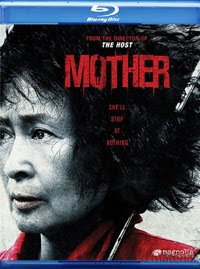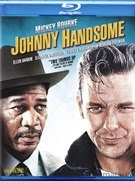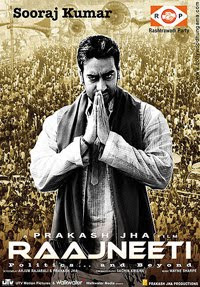Rambo (BD)

When the first movie in the “Rambo” series, “First Blood” (1982), was released, the “Rocky” series was already in its third offering, “Rocky III” (1982). It became increasingly clear that each sequel in the two series was worse than its predecessor. Over the years, the characters of “Rambo” and “Rocky” became fodder for countless parodies. Weird Al Yankovic’s “UHF” (1989) poked fun at “Rambo” by copying Rambo’s action sequences and his dialogue delivery style that now has its own cult following. No doubt by the late Eighties: “Rambo” and “Rocky” were shunned and renounced by critics and moviegoers. Then in 2008, Stallone decided to resurrect his American Hero, John Rambo, in “Rambo,” perhaps for the last time. The movie was well received by audiences and became a decent earner at the box office. In the story, John Rambo (Sylvester Stallone) now lives in Thailand in an area close to the Burmese border. He makes his living by hunting snakes and selling them in a nearby local region.



